Anticarus
Registered
I have a pair of steel 72s circa 1960 with archaic valves that I would like to replace with DIN compatible valves, however, they have tapered threads. Anyone know of a source for tapered thread DIN valves?
Welcome to ScubaBoard, the world's largest scuba diving community. Registration is not required to read the forums, but we encourage you to join. Joining has its benefits and enables you to participate in the discussions.
Benefits of registering include

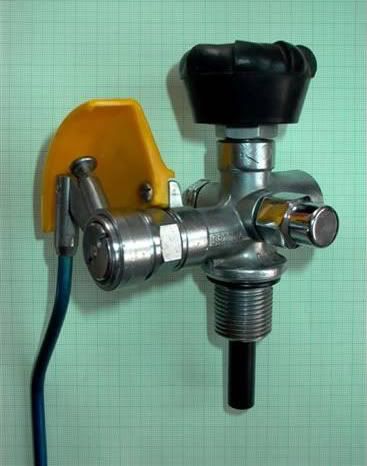
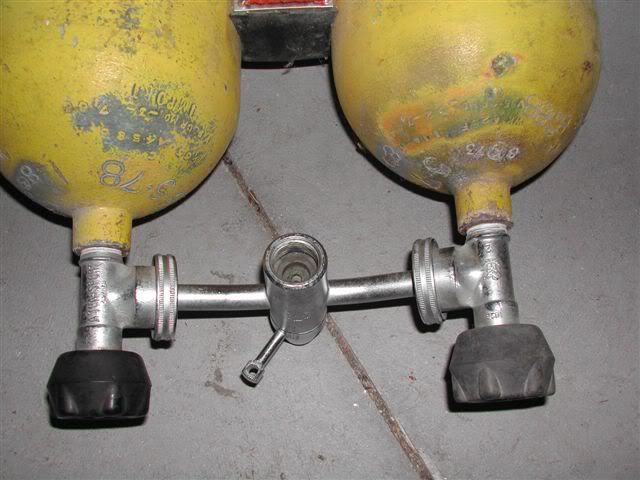

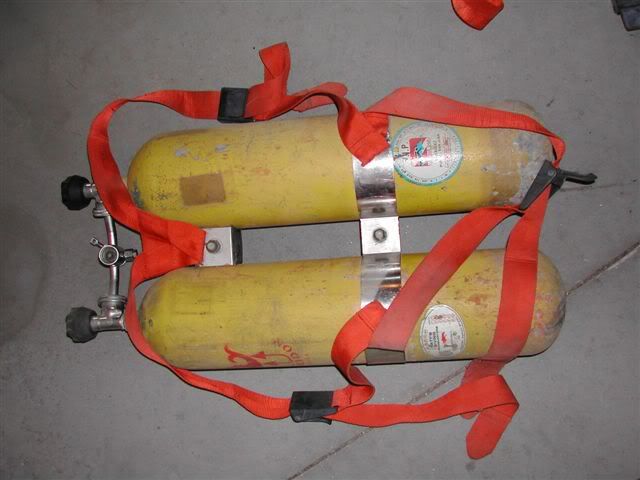
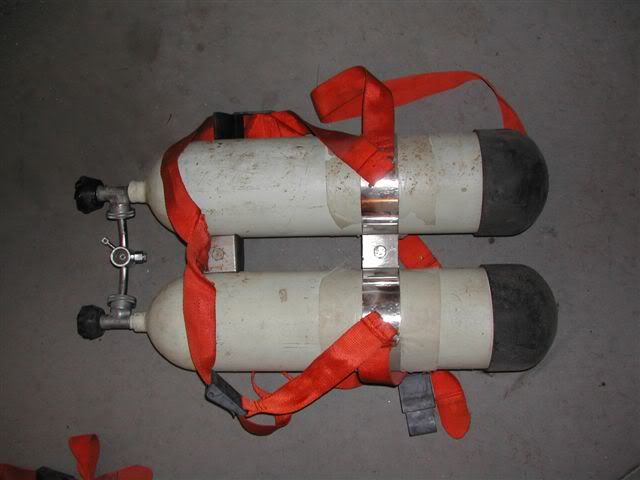
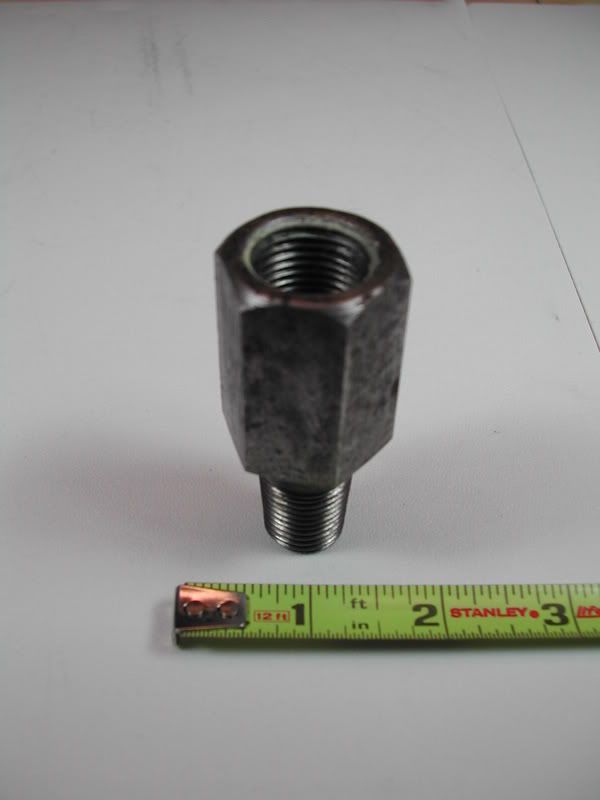
The oldest tank I ever saw come through for hydro was a welding cylinder made in 1911. It still qualified for a plus rating. It was 90 years old at the time and I am pretty sure it will still be in service in 2011 when it turns 100.
In my opinion, it would be more worth it to down a few extra bucks on newer cylinders. The reason is because valves with tapered threads are becoming increasingly difficult to find. Since your cylinders are so well-aged, they probably won't serve you for too much longer before they fail hydro anyways. So it's probably not even worth the trouble.
The 3A specification was codified in 1909, best I can figure out, so 1911 would be almost as early as it could get. I had a 1914 "+" in my O2 rotation once. I hated to send it back but I seem to collect quite enough things without adding K tanks.

